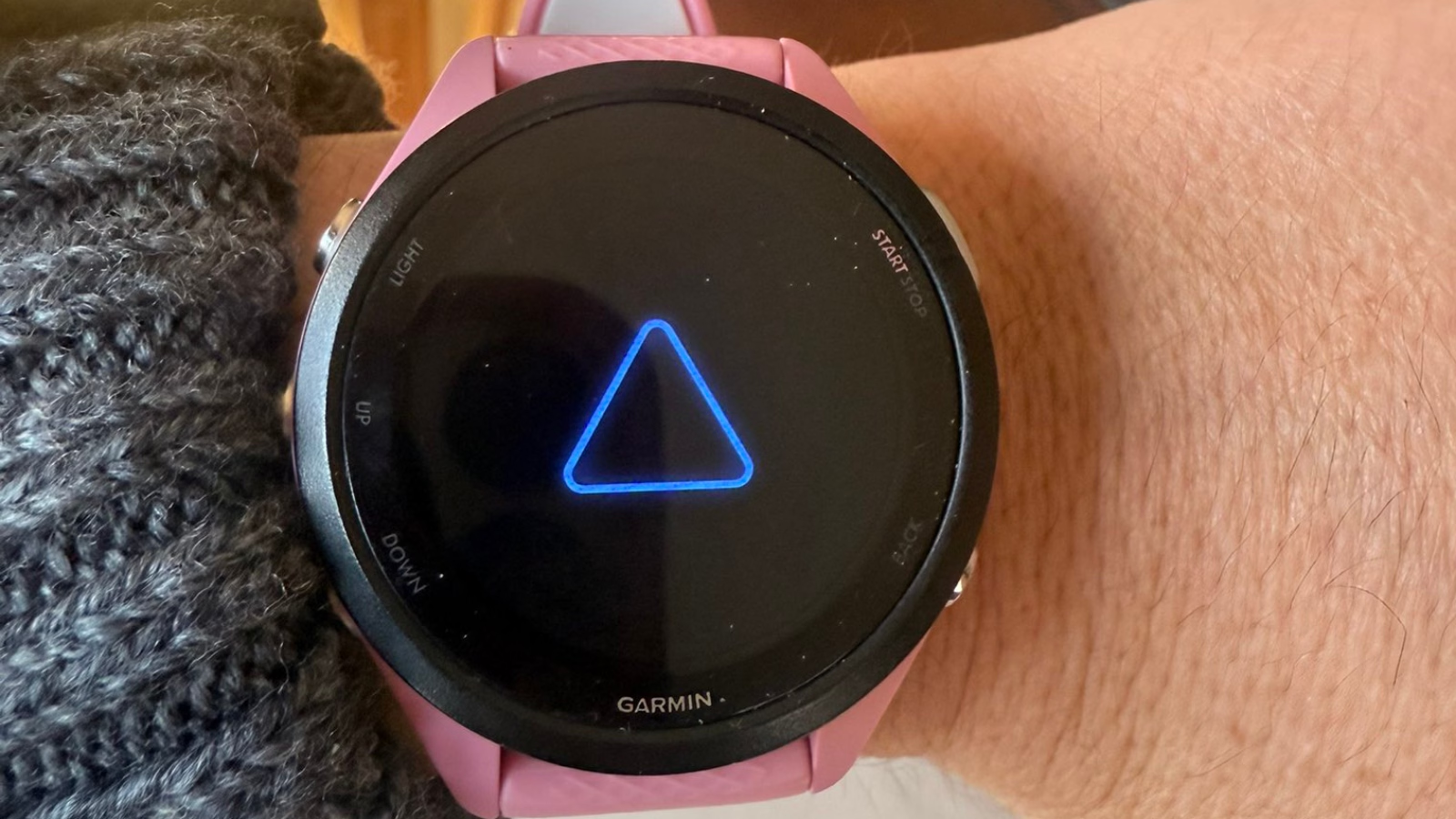Empowering tech enthusiasts and environmentally conscious consumers alike, Samsung has significantly expanded its Self-Repair program, adding its latest flagship smartphones, tablets, and even its coveted foldable phones to the mix. This move marks a major step forward in the right-to-repair movement, giving users more control over their devices and potentially extending their lifespan.
Key Highlights:
- Samsung broadens its Self-Repair program with new Galaxy devices, including its first foldables – Z Flip 5 & Z Fold 5.
- Galaxy S23 series, Tab S9 tablets, and Galaxy Book laptops join the program alongside Galaxy S20, S21, and Tab S7+.
- Partnership with iFixit continues, providing repair guides and genuine parts for DIY fixes.
- Expansion reflects growing consumer demand for repairable electronics and right-to-repair advocacy.

Previously limited to select Galaxy S20, S21, and Tab S7+ models in the US, the program now welcomes the entire Galaxy S23 series, the groundbreaking Galaxy Z Flip 5 and Z Fold 5 foldables, as well as the Galaxy Tab S9 family and the Galaxy Book2 Pro laptops. This expansion extends across South Korea, Europe, and the US, with ongoing rollouts planned for additional regions.
Samsung’s partnership with iFixit, a leading online repair resource, remains central to the program. Through iFixit’s website, users can access comprehensive repair guides, purchase genuine Samsung parts, and even rent specialized tools, making DIY repairs a more accessible and viable option.
Foldables Take Center Stage:
The inclusion of the Galaxy Z Flip 5 and Z Fold 5 marks a significant milestone for the program. Foldables, with their complex mechanisms and delicate displays, were previously considered off-limits for DIY repairs. This shift reflects Samsung’s commitment to repairability and its confidence in the program’s potential to empower users.
Environmental and Economic Benefits:
Beyond convenience and user empowerment, the expanded Self-Repair program aligns with the growing focus on sustainability in the tech industry. By enabling DIY fixes, Samsung potentially reduces electronic waste and the environmental impact associated with traditional repair processes. Additionally, it empowers users to extend the life of their devices, potentially saving them money and further reducing e-waste.
Right-to-Repair Advocacy Gains Momentum:
Samsung’s move comes amidst intensifying right-to-repair advocacy, with legislation and consumer pressure pushing tech companies to make spare parts and repair information more readily available. This expansion positions Samsung as a leader in addressing these concerns and demonstrates its commitment to user autonomy and repairable electronics.
The Future of DIY Repair:
While the program’s long-term impact remains to be seen, Samsung’s decision to expand and include complex devices like foldables sends a clear message. DIY repair is gaining traction, driven by consumer demand, environmental concerns, and right-to-repair advocacy. As other tech companies follow suit, the future of electronics may well involve a shift towards greater user control and a more sustainable lifecycle for our gadgets.


















